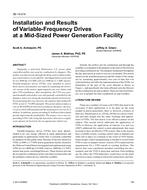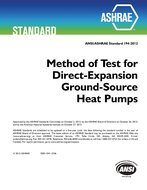2-Ethyl-1-hexanol (2E1H) is sometimes detected in indoor air at relatively high concentrations. The emission mechanism for 2E1H is considered that moisture with high pH in concrete slabs and self-leveling sub-floor material reacts to di-2-ethylhexyl phthalate (DEHP) in the PVC flooring and compounds containing 2-ethyl-1-hexyl group in the adhesive. It is considered that 2E1H is cause of odor in indoor air and sick building syndrome, so it is important to clarify 2E1H emission mechanism for IAQ. However, there are few reports on experimentation into 2E1H emission by chemical reaction using building materials.
In this study, PVC floorings are constructed on self-leveling sub-flooring material that contains moisture with various adhesives, and 2E1H emission rates from them are measured.
When PVC flooring is constructed on self-leveling sub-flooring material with high moisture content by using adhesive based on acrylic resin the 2E1H emission is higher then in the other studied cases. 2E1H may be formed by the hydrolysis of DEHP in the PVC flooring and acrylic resin in the adhesives (Björk et al. 2003). On the other hand, finding in this study may indicate that some component in the adhesives may suppress the hydrolysis of esters in PVC flooring and adhesives.
IAQ 2007 Conference held in Baltimore, Maryland, October 14-17, 2007
Units: SI
Citation: IAQ Conference: IAQ 2007: Healthy and Sustainable Buildings
Product Details
- Published:
- 2008
- Number of Pages:
- 6
- File Size:
- 1 file , 270 KB
- Product Code(s):
- D-IAQ2007-09


